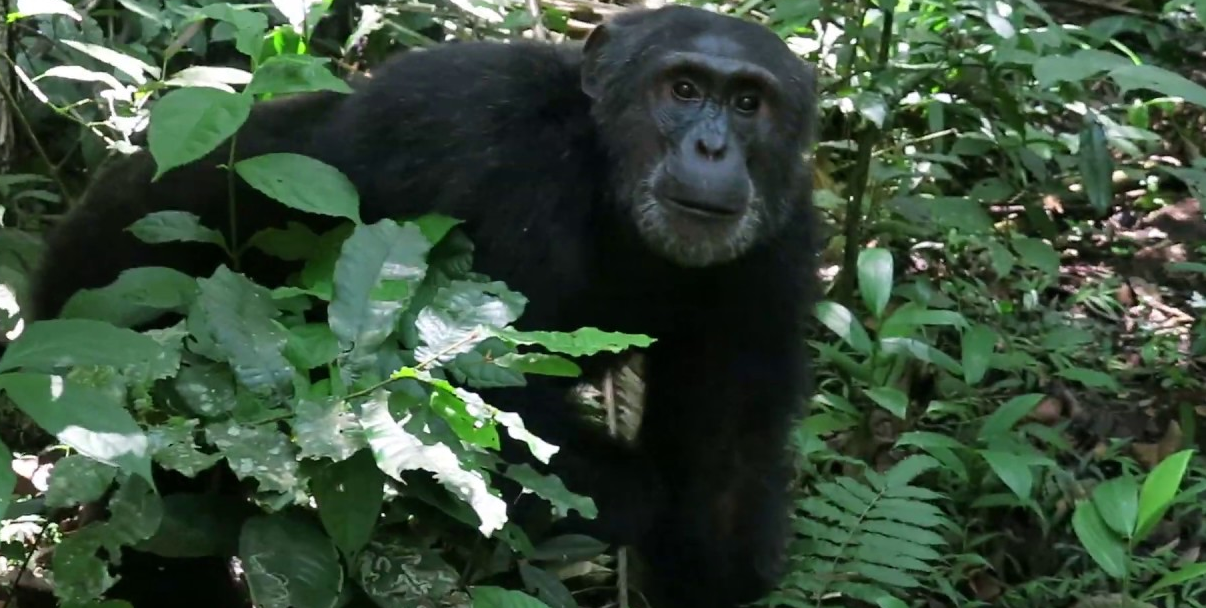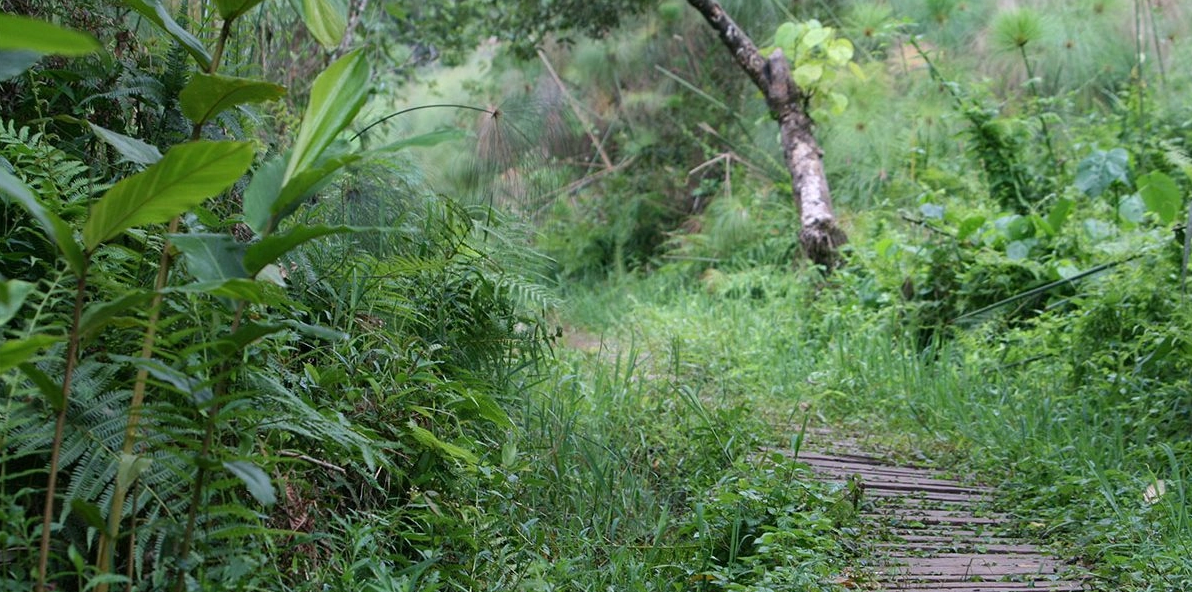
Kibale national park is located in western Uganda; it is 795 square kilometers in size. It forms a continuous forest with Queen Elizabeth national park. It’s famously known as a home of Chimpanzees but also keeps other primates like the red colombus monkey and the rares L’Hoest’s monkey.
Kibale is highest at the park’s northern tip, which stands 1590 meters above sea level. Northern Kibale is also the wettest area covered in swamps and receiving a mean annual rainfall of up to 1700mm during March – May and September to November.
The park shelters over 300 chimpanzees making it the leading chimpanzee tracking area in Uganda. Chimpanzee tracking is open in Kibale through out the year but best done on the dry season. These chimps have been tracked since 1993 and the chance of locating them are excellent because they are many in the park and have been habituated to get used to human contact. One must arrive earlier in the park for registration and briefing before starting the trekking.
CHEX allows visitors to spend over four hours with these lovely mammals (chimpanzees) with the help of researchers; advance booking is required for this activity.
Bigodi is a wetland sanctuary outside Kibale national park in Magombe swamp, its rich in biodiversity and beautiful scenery. The walk in this sanctuary gives a clear view of wildlife and plenty of bird species.

Birding starts at 7 am at Kanyachu with rare species like papyrus Gonolek, white-winged warbler, white-collared oliveback and papyrus canary. Other bird species are for found in Bigodi wetland sanctuary located outside the park with over 138 birds, which may be seen during guided walks. These birds include; white spotted flufftail, yellow-billed barbet and brown backed scrub among others.
Nature walk in Kibale starts at 7:30 pm and takes over one and half hours. Here visitors use powerful torches to seek nocturnal creatures such as bush baby, potto, nightjar, cricket and tree hyrax.